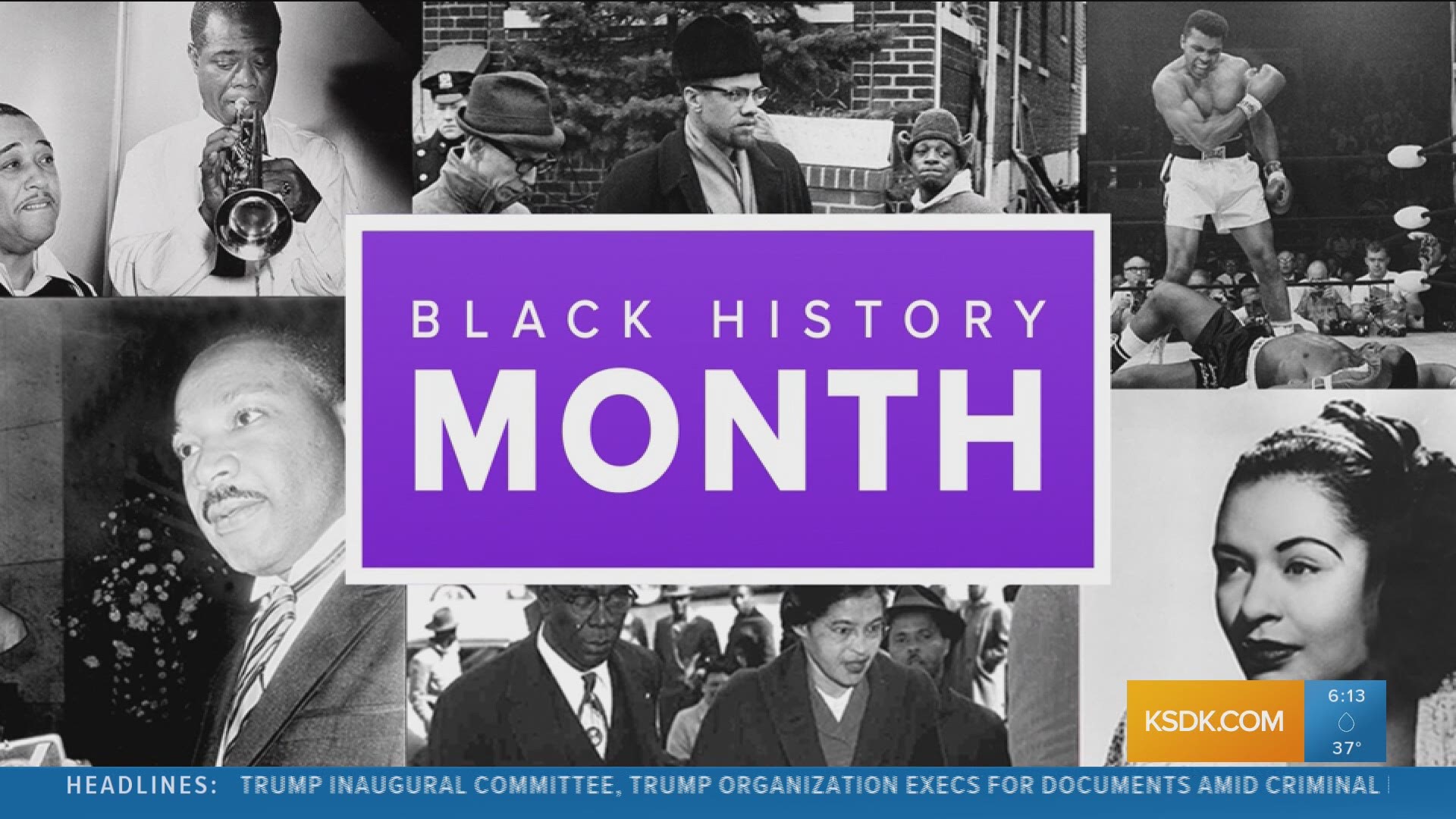ST. LOUIS — Harris-Stowe State University has provided an academic safe haven for students, especially black students, to come learn and earn a college degree for more than 160 years.
In 1857, St. Louis had just established its fire department. Dred Scott lost a landmark Supreme Court case and was the most famous slave in America. And Saint Louis Public Schools opened Harris Teachers College, the first public teachers school west of the Mississippi.
"When I was in high school there was Harris Teachers college for whites and then Stowe Teachers College for blacks," recalled Lynn Beckwith Jr., a 1961 graduate.
Stowe Teachers College opened its doors in 1890. Both schools would train teachers for the next six decades until May 1954. That spring, Brown v. Board of Education integrated schools across America, including these two schools for teachers. Three years later, Beckwith enrolled at Harris Teachers College as a freshman.
"I felt empowered that I was helping to do away with the myth that black students could not compete with white students," Beckwith said.
He grew up in the Ville Neighborhood in North Saint Louis.
"The older folks would be sitting on their front porch,” the longtime educator said. “[Older folks] would say, 'Lynn, we hear you are in college. Keep it up. We're proud of you.' You had to succeed because they put so much faith in you,"
Neither of Beckwith’s parents had college degrees, but knew their support was necessary for sustained success.
“Bless her soul, she was the wind beneath our wings," Beckwith said.
Success wasn’t just a sum of grades. In a segregated St. Louis, Harris-Stowe prepared students socially as well.
"Some friendships, not a lot," Beckwith said.
As time went on, relationships between students of all races improved.
"They were cordial and we were cordial because we wanted to make this thing work," Beckwith said.
Even the university itself had equality hurdles to overcome. It took the university nearly 20 years after the merger to add Stowe back into the name. The name change paid respect to the longtime black teachers college. A couple of years later, Harris-Stowe was added to Missouri's university system.
"I think they are some of the strongest people,” said Cheyenne Thomas, a freshman from Detroit. “African Americans back in the day, they went through so much to get a regular high school education, much less a college education."
Thomas ignored interest from other prestigious universities to attend Harris-Stowe State University.
"I needed to go out of state to find out who I was, develop myself as a person," Thomas said.
For more than 160 years, students like Lynn and Cheyenne have been coming through the doors to learn.
"It was an anchor in the African-American community," Beckwith said.
It's been over a century and a half of adapting and improving academics to cater to students' and the community’s needs. In 1993, the state allowed the school to expand its curriculum to serve even more students.
"You have to learn to be successful in a bigger world,” Beckwith said. “That experience at Harris Teacher's College laid the groundwork for me to learn how to work in an integrated world."
“Not only was it a community, but it's a community of uplifting African American people,” Thomas said.
"They nurtured us,” Beckwith said. “That's what African American, historically black colleges do. They nurture."
A combination of culture and academics that’s been around for generations, preparing African Americans and students from all backgrounds for the future.
There are several historical places around campus. The National Black Radio Hall of Fame is housed on campus. It preserves important memorabilia from local and national music and entertainment icons.
Black radio isn’t just about entertainment, it was an integral method for spreading news and information to the black community during the Civil Rights Era.
KATZ was the first black station in St. Louis. Bernie Hayes and other personalities led the way in an effort to spread information and to change the false narratives about black culture. Hayes said through the decades this is still the mission of black radio stations across the country.
The Harris-Stowe Hornets baseball team plays their games on the same field that used to be home to the St. Louis Stars of the Negro Baseball League. Stars Park was the first professional baseball park in America that was black owned. The Stars won championships in 1928 and 1930 while playing at the field. James Thomas “Cool Papa” Bell was a star player for the Stars.

